The 1970s was a decade of rapid technological change, filled with gadgets, inventions, and ideas that promised to shape the future. The excitement surrounding these innovations was palpable, as they promised to revolutionize everything from entertainment to communication, and even the way we lived our daily lives. While some of these technologies have evolved and become integrated into our modern world, others have faded away or been replaced by newer, better innovations. Let’s take a look back at 15 ’70s tech innovations that we thought were revolutionary at the time, but which, for various reasons, didn’t quite live up to the hype.
1. The Walkman
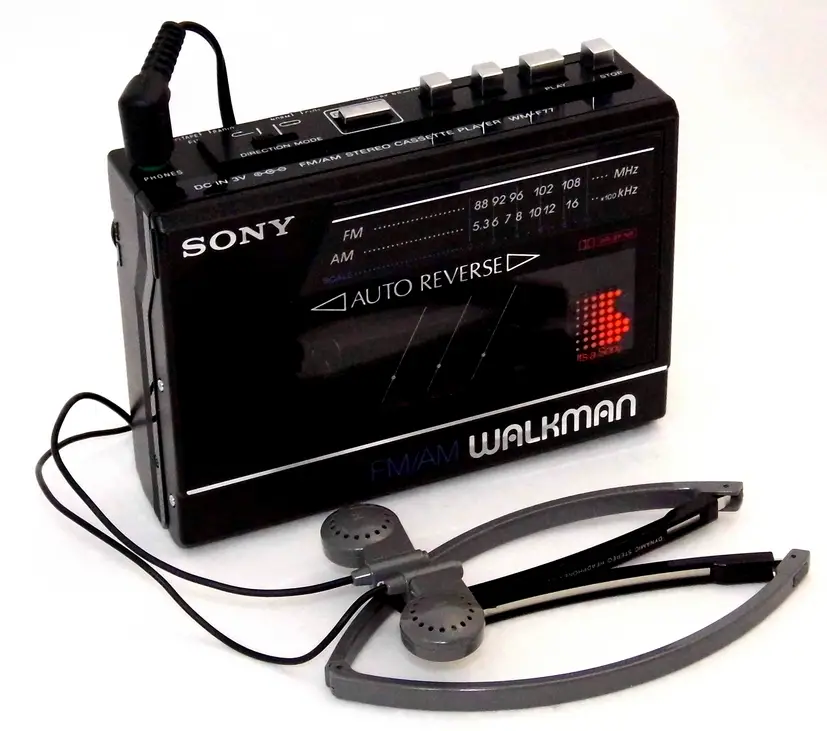
The Walkman, introduced by Sony in 1979, was one of the most iconic innovations of the ’70s. It allowed users to take their music on the go for the first time ever, offering portable cassette playback with headphones. At the time, the idea of personal music was revolutionary, and the Walkman quickly became a cultural phenomenon.
While the Walkman changed the way people consumed music, its cassette-based format was eventually overshadowed by CDs, MP3 players, and smartphones. Still, the Walkman paved the way for portable music players and remains a symbol of personal freedom in music. It may have evolved into the digital music players of today, but it will always be remembered as the device that made music personal.
2. Pong
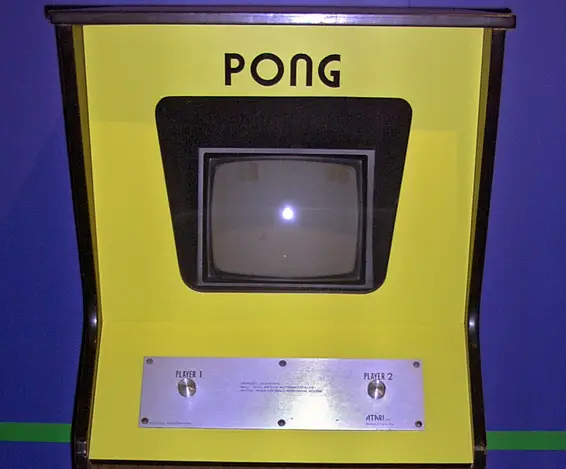
In 1972, Atari introduced Pong, one of the first commercially successful video games. The simple game, where two players controlled paddles and bounced a ball back and forth, was a breakthrough in entertainment technology. For many, Pong marked the beginning of the video game revolution.
Though it was groundbreaking at the time, Pong was quickly surpassed by more complex games with better graphics and gameplay. Today, it may seem rudimentary, but it helped establish the foundation for the multi-billion dollar video game industry. Pong was revolutionary for its time, but its simplicity makes it feel a little dated by today’s standards.
3. The Personal Computer
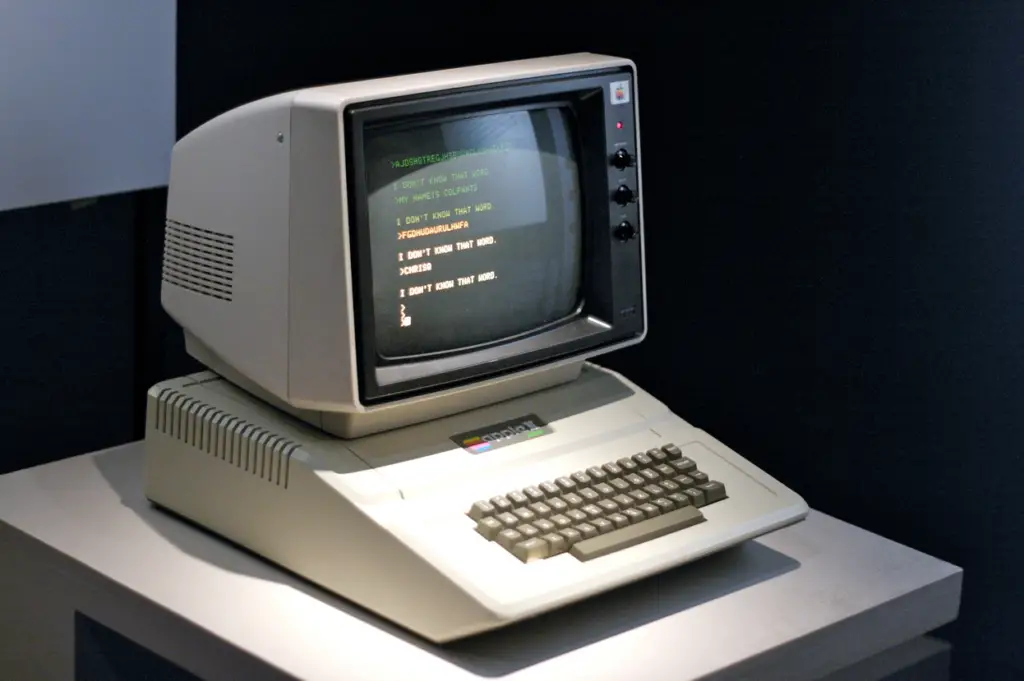
The concept of a personal computer became a reality in the 1970s with machines like the Apple I and the Altair 8800. These early computers were big, clunky, and expensive, but they laid the groundwork for the future of computing. The idea of having a computer in your home was a far-fetched dream for many, but these devices proved it was possible.
While personal computers were a novelty in the ’70s, they were often impractical for most people. It wasn’t until the ’80s that personal computers became more affordable and user-friendly, thanks to the rise of companies like Apple and IBM. The ’70s computers were revolutionary in concept, but the real revolution came a little later.
4. The Laserdisc
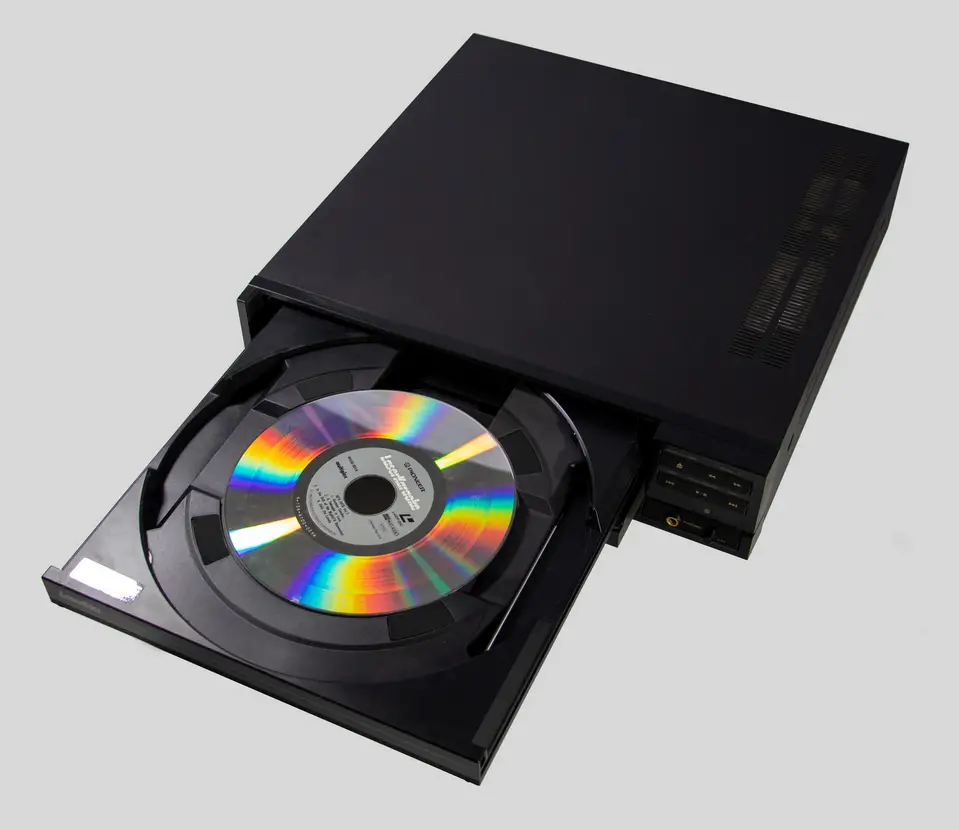
Introduced in 1978, the Laserdisc was a high-definition optical disc format that offered superior video and audio quality compared to VHS tapes. At the time, it was marketed as the future of home video entertainment, with its ability to deliver near-cinema quality at home.
However, Laserdiscs were large, expensive, and not widely adopted, especially compared to VHS, which offered a more convenient and affordable format. While the Laserdisc was revolutionary for its time and paved the way for future optical media like DVDs and Blu-rays, it didn’t gain the widespread popularity it was expected to. The Laserdisc’s legacy lives on in modern optical media, but it was short-lived as a mainstream technology.
5. The CB Radio
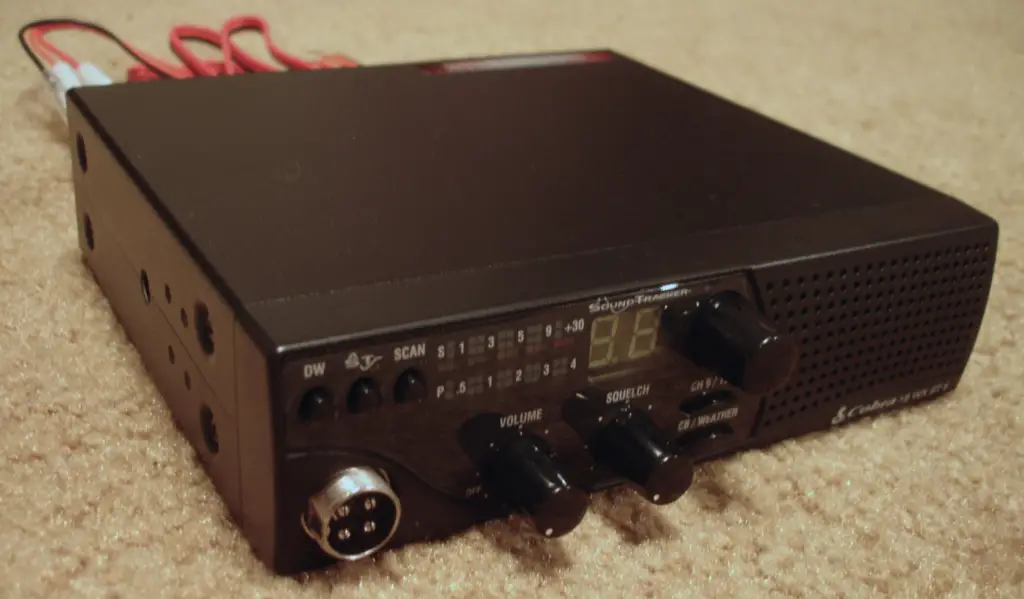
The Citizen’s Band (CB) radio gained massive popularity in the ’70s, especially among truckers, as a way to communicate over long distances. With its distinctive “Breaker, breaker” catchphrase, the CB radio was the symbol of a new era in communication. It was marketed as an easy-to-use device that allowed individuals to talk to each other without relying on traditional telephone lines.
While the CB radio was an innovative way to communicate, it eventually faded as mobile phones, walkie-talkies, and other more convenient communication methods took over. Despite its decline, the CB radio remains a nostalgic symbol of the ’70s, capturing the imagination of people who embraced it during its brief moment in the spotlight.
6. The Home Video Camera
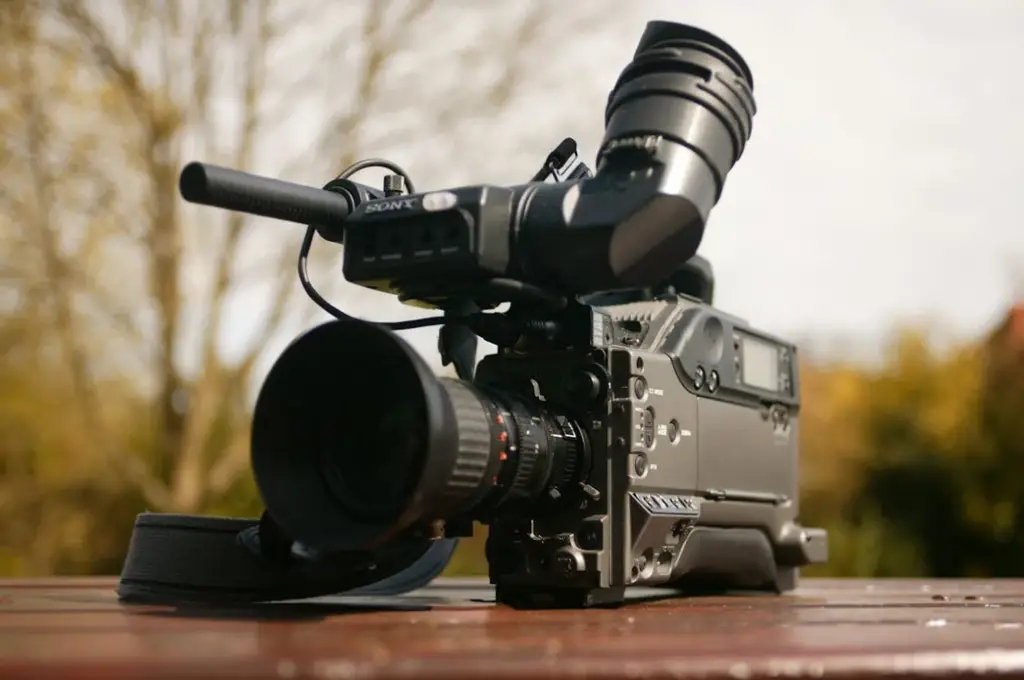
In the 1970s, home video cameras like the Sony Portapak brought the ability to record videos to the masses. These bulky machines allowed families to capture their memories in a way that was previously impossible without professional equipment. The concept of home movies was revolutionary and gave people the ability to document their lives like never before.
However, the early video cameras were heavy, expensive, and difficult to use. The technology quickly evolved throughout the ’80s and ’90s, with VHS and other formats making it easier for the average person to record and play back videos. While the home video camera was groundbreaking, it was only in the following decades that video recording became mainstream and user-friendly.
7. The Video Cassette Recorder (VCR)
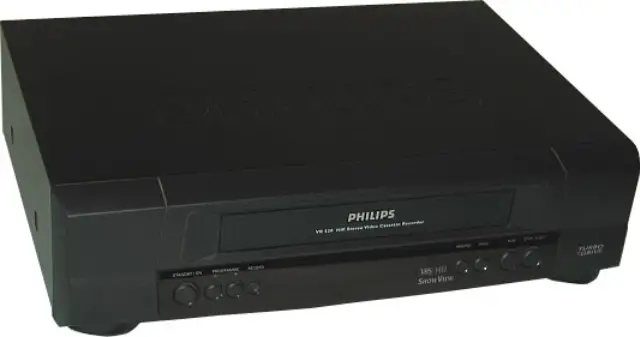
The VCR was one of the most significant innovations of the 1970s. It allowed people to record TV shows, movies, and even their own home videos, giving them unprecedented control over their entertainment. The VCR was marketed as a way to “time-shift” TV viewing, enabling viewers to watch their favorite shows whenever they wanted.
While the VCR revolutionized home entertainment, it eventually became outdated with the rise of DVD and Blu-ray players, and later digital streaming services. Despite its fall from prominence, the VCR was truly revolutionary in its time, offering a new level of control and convenience for home entertainment. It was a key stepping stone in the development of modern media consumption.
8. The Car Phone
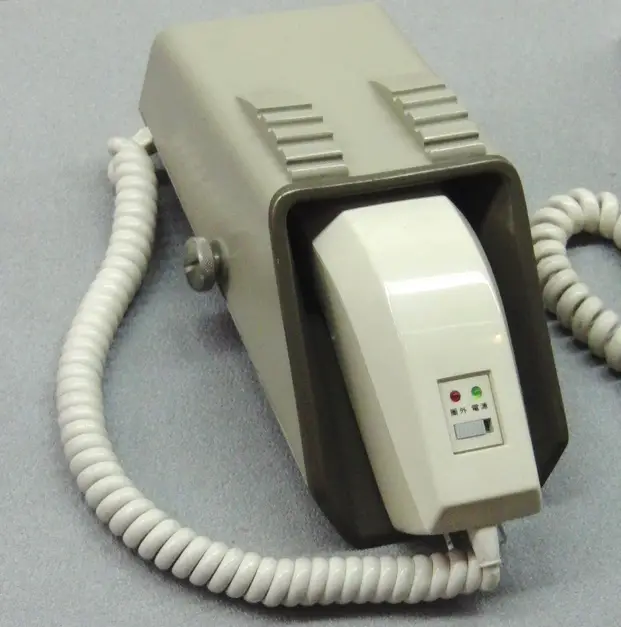
The car phone was an early attempt to bring mobile communication into the mainstream. In the 1970s, car phones were bulky, expensive, and required a landline connection to operate, but they were still considered a cutting-edge convenience. Businesspeople and wealthy individuals used car phones as a status symbol, and they became a sign of modern luxury.
Though the car phone was groundbreaking at the time, it was quickly replaced by more portable and affordable mobile phones in the ’80s. Today, the concept of a car phone seems outdated, as modern smartphones have completely transformed how we communicate. Despite its obsolescence, the car phone was one of the earliest precursors to the mobile communication technology we now rely on.
9. The Pocket Calculator
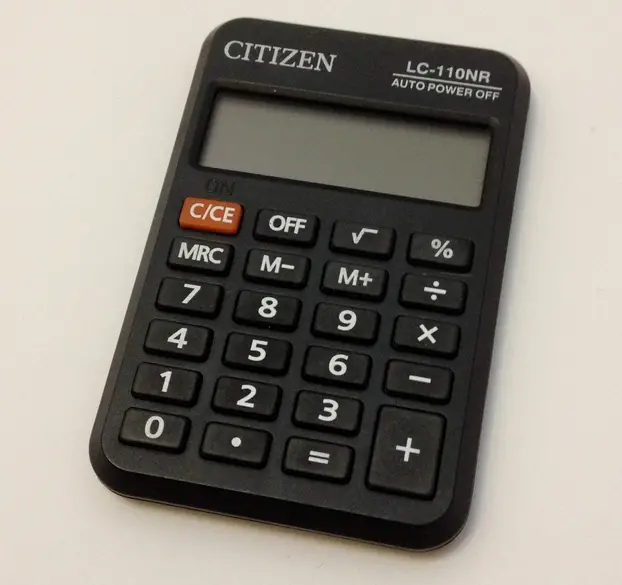
In the 1970s, the pocket calculator revolutionized how we performed basic arithmetic. These handheld devices replaced the need for bulky, expensive mechanical calculators and were marketed as a must-have tool for students, professionals, and anyone who needed quick math calculations.
While the pocket calculator was a major breakthrough in personal computing, it didn’t take long for even more advanced devices, such as graphing calculators and smartphones, to render them obsolete. However, the pocket calculator remains an important step in the development of portable computing technology.
10. The Digital Watch
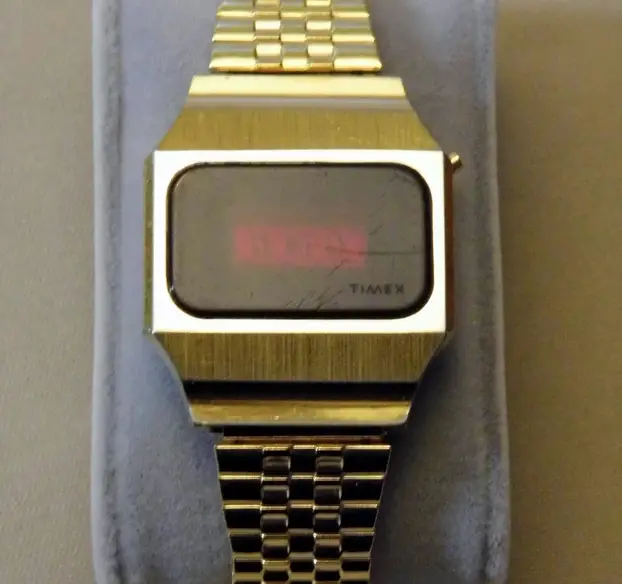
In the early ’70s, digital watches began to replace traditional analog watches. These watches used LED or LCD screens to display the time numerically, offering a futuristic look that was unlike anything seen before. The idea of a watch that could show the time with a digital display was considered revolutionary at the time.
Though digital watches were initially expensive, they became more accessible as technology improved. Today, digital watches have been replaced by smartwatches, which offer far more functionality. Still, the digital watch remains a key milestone in the history of personal timekeeping and portable technology.
11. The Electronic Calculator Watch
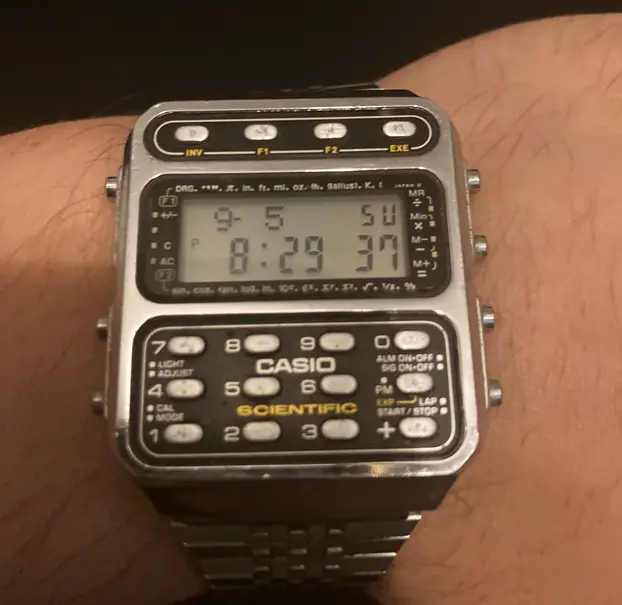
Another ’70s innovation that seemed to embody the future was the electronic calculator watch. These wristwatches had built-in calculators, allowing users to perform simple arithmetic on the go. It was an exciting development at the time, combining timekeeping with basic computing.
However, as calculators became more advanced and smartphones took over the role of portable computing devices, the calculator watch became an obsolete novelty. While it never became a mainstream essential, it remains a quirky reminder of the ’70s fascination with miniaturized technology.
12. The Atari Video Game Console

Atari’s original video game console, released in 1977, was revolutionary in bringing arcade-style games into people’s homes. Games like Pong, Space Invaders, and Asteroids became a household entertainment phenomenon. The Atari console introduced the idea of home gaming, which would go on to evolve into the multi-billion dollar video game industry.
While Atari’s initial dominance in the gaming world didn’t last—thanks to a combination of competition and the video game crash of 1983—its impact on pop culture was profound. Atari was the first major step into the world of home video gaming, which would later become the dominant form of entertainment for many.
13. The Betamax
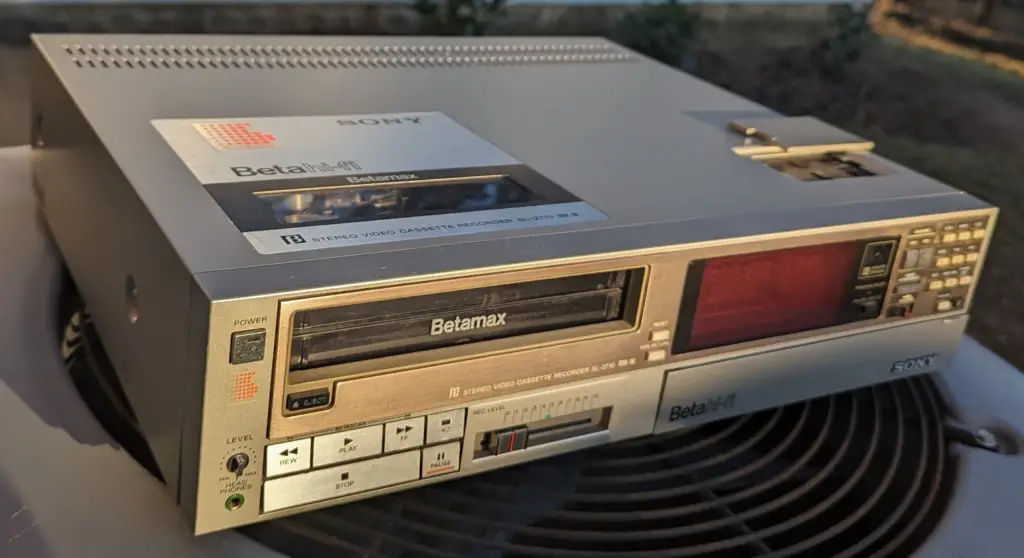
In the ’70s, Sony introduced Betamax, a high-definition video cassette format that was designed to provide better quality than its competitor, VHS. Betamax’s smaller size and superior video quality made it seem like the future of home entertainment.
However, Betamax ultimately lost the “format war” to VHS, which offered longer recording times at a more affordable price. The Betamax is remembered as a brilliant technology that failed to capture the market, and it became another casualty of the battle for dominance in the home video space.
14. The Microwave Oven
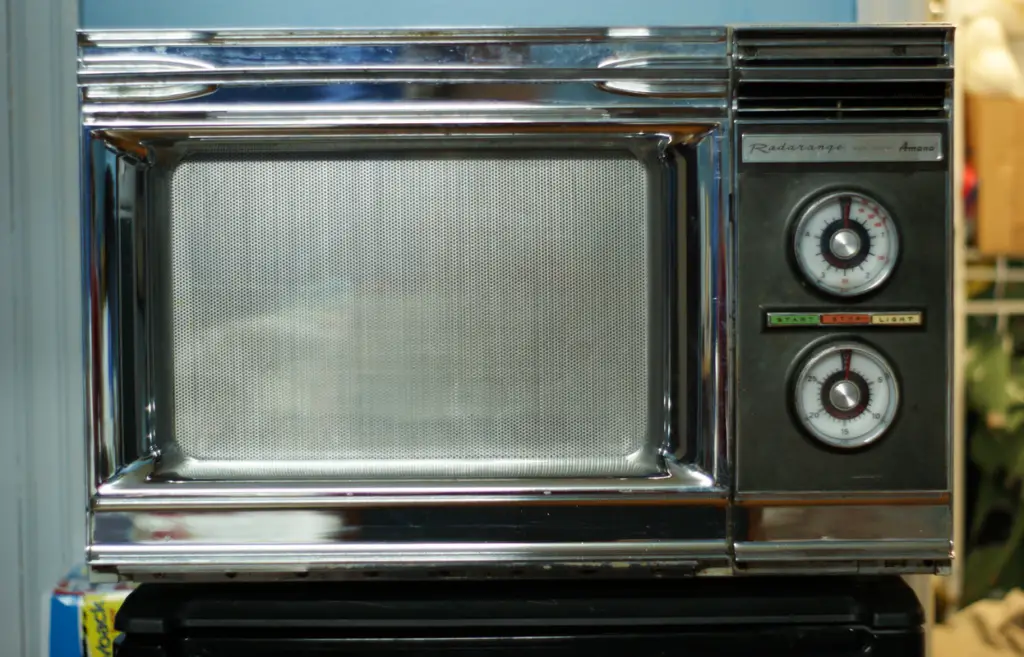
The microwave oven, which became popular in the 1970s, promised to revolutionize cooking by offering a faster and more convenient way to prepare food. Initially considered a high-tech luxury item, microwaves quickly became household staples, capable of reheating meals in seconds.
Though the microwave oven didn’t reach its full potential as a kitchen tool in the ’70s, it eventually became an essential part of modern life. Today, it’s hard to imagine a world without a microwave, even though it took a few decades for the technology to be perfected and embraced by the masses.
15. The Home Robot
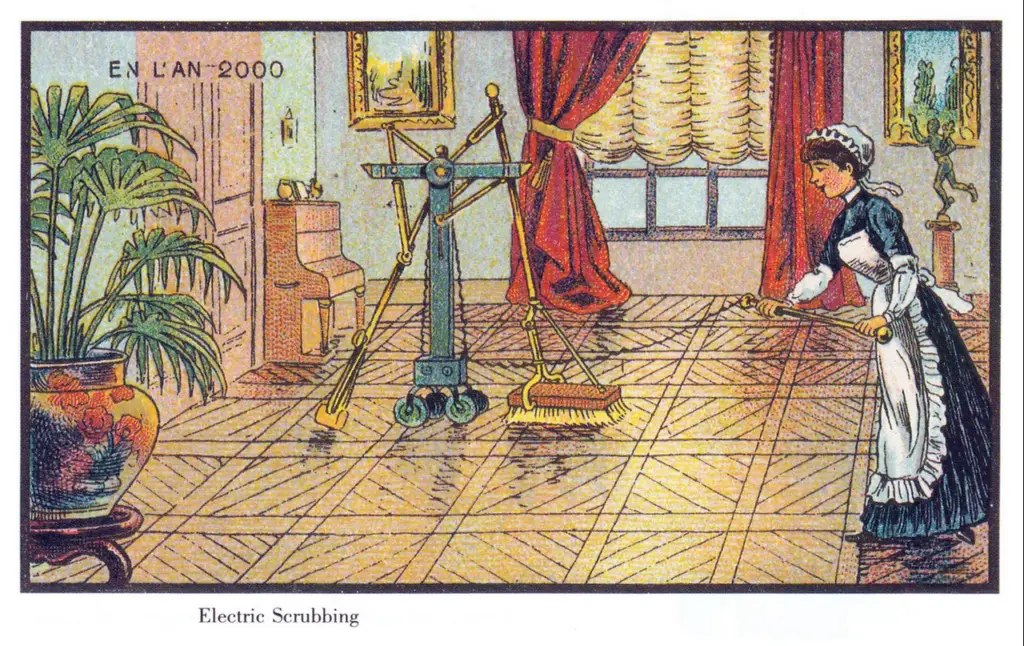
In the 1970s, the idea of home robots was often imagined in science fiction and portrayed as an essential part of the future. With developments in robotics and automation, inventors experimented with prototypes, like the early robotic vacuum cleaner, which promised to help with household chores. While we haven’t yet seen humanoid robots managing our homes, modern-day cleaning robots like Roomba have made the dream of a robotic helper a reality.
Though the robots of the ’70s were largely impractical and remained confined to the realm of fantasy, the continued evolution of robotics shows that the futuristic vision is alive and well—just perhaps in different forms than originally imagined.
The ’70s were a decade full of excitement, possibility, and innovation. Many of the technologies that were introduced at the time seemed poised to change the world, and while some of them didn’t live up to the lofty expectations, they paved the way for the technological advancements we enjoy today. While some of these ’70s innovations may be forgotten, they are vital pieces of the puzzle that led to the modern age of technology.


